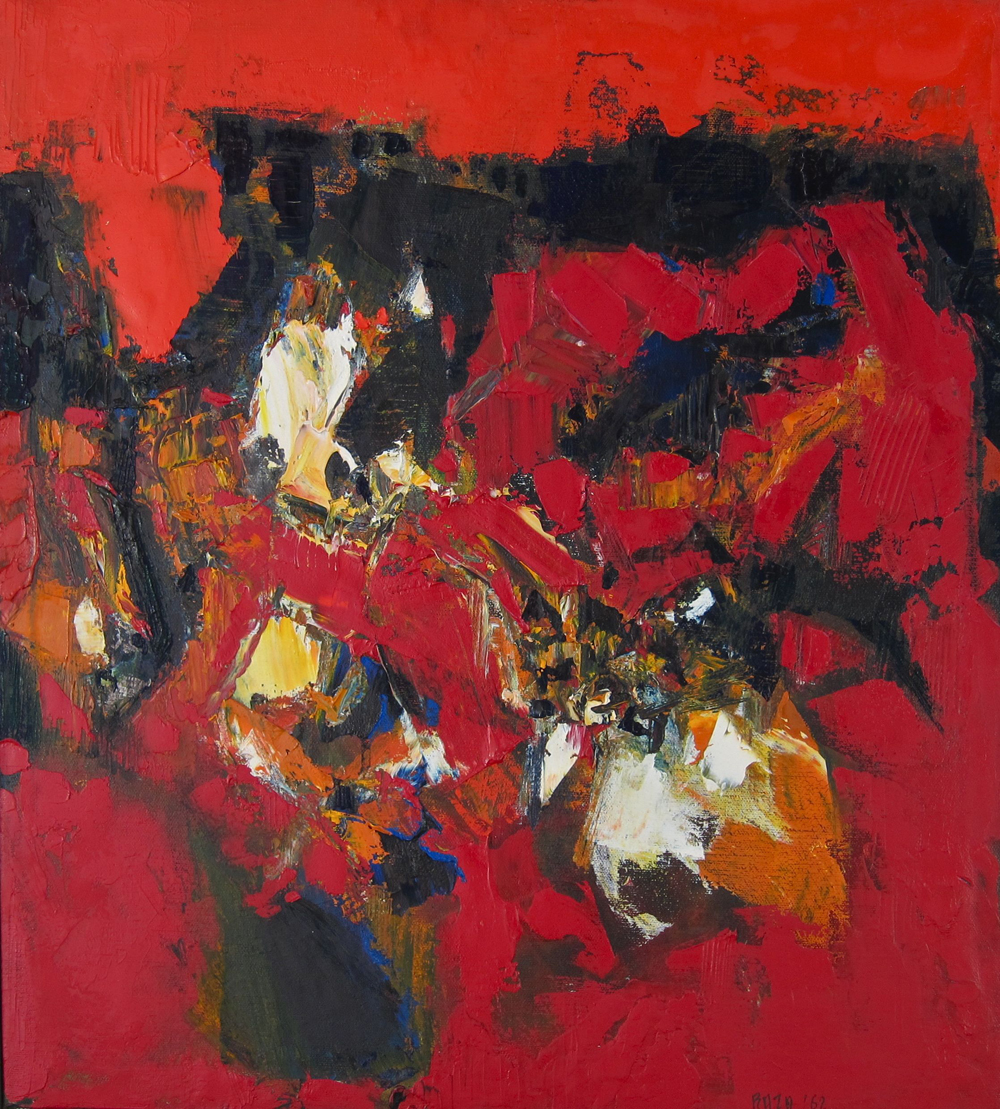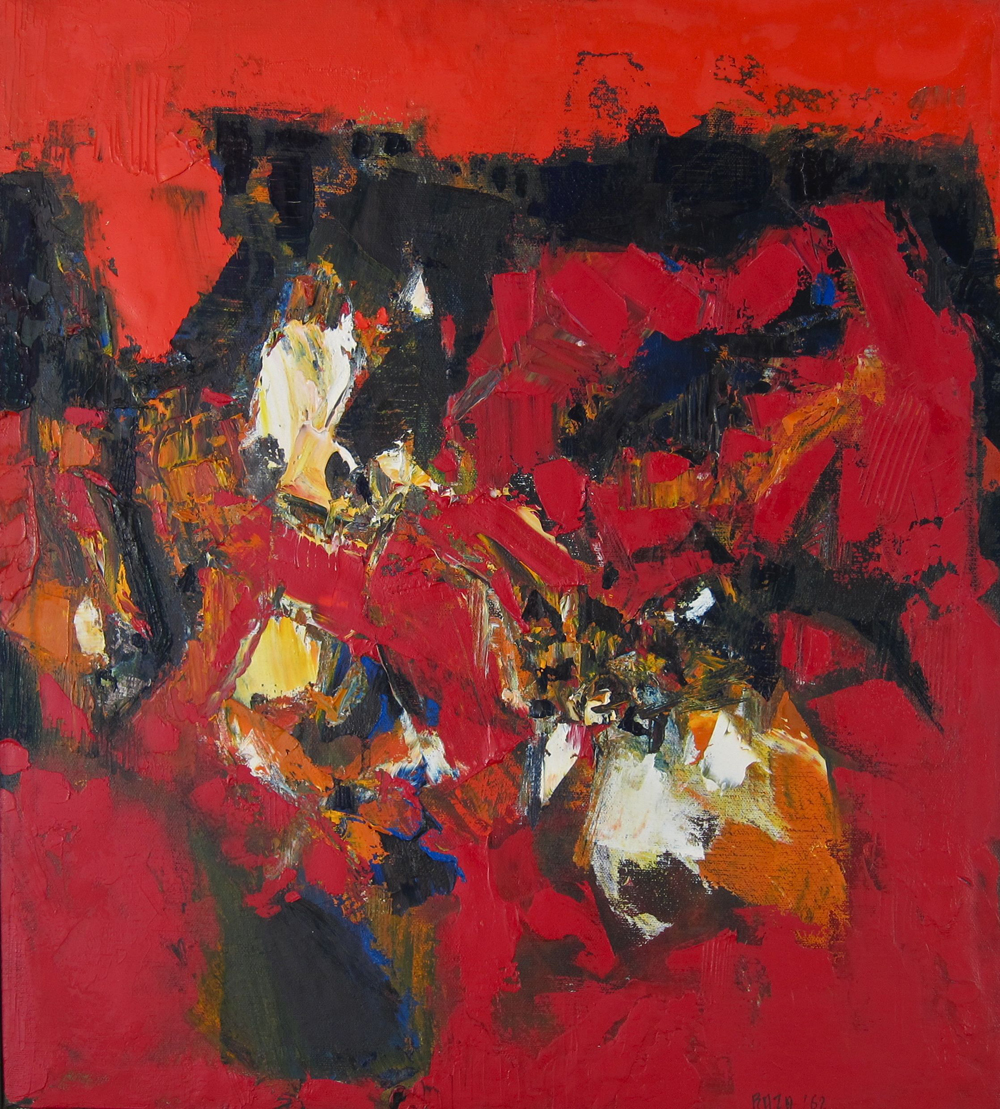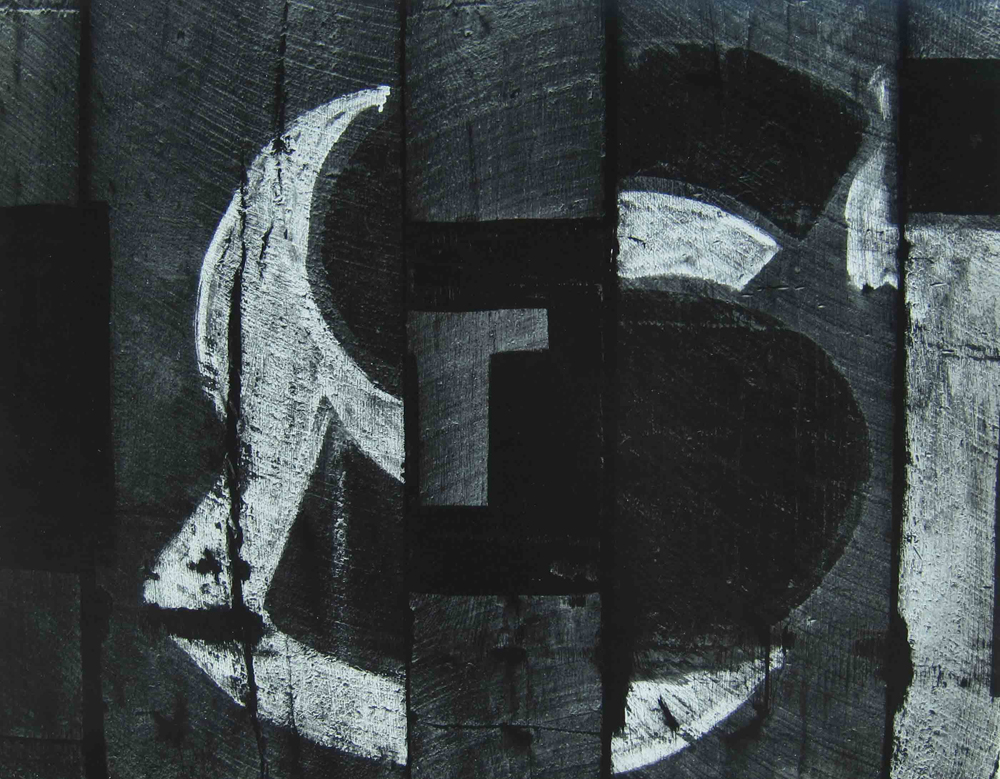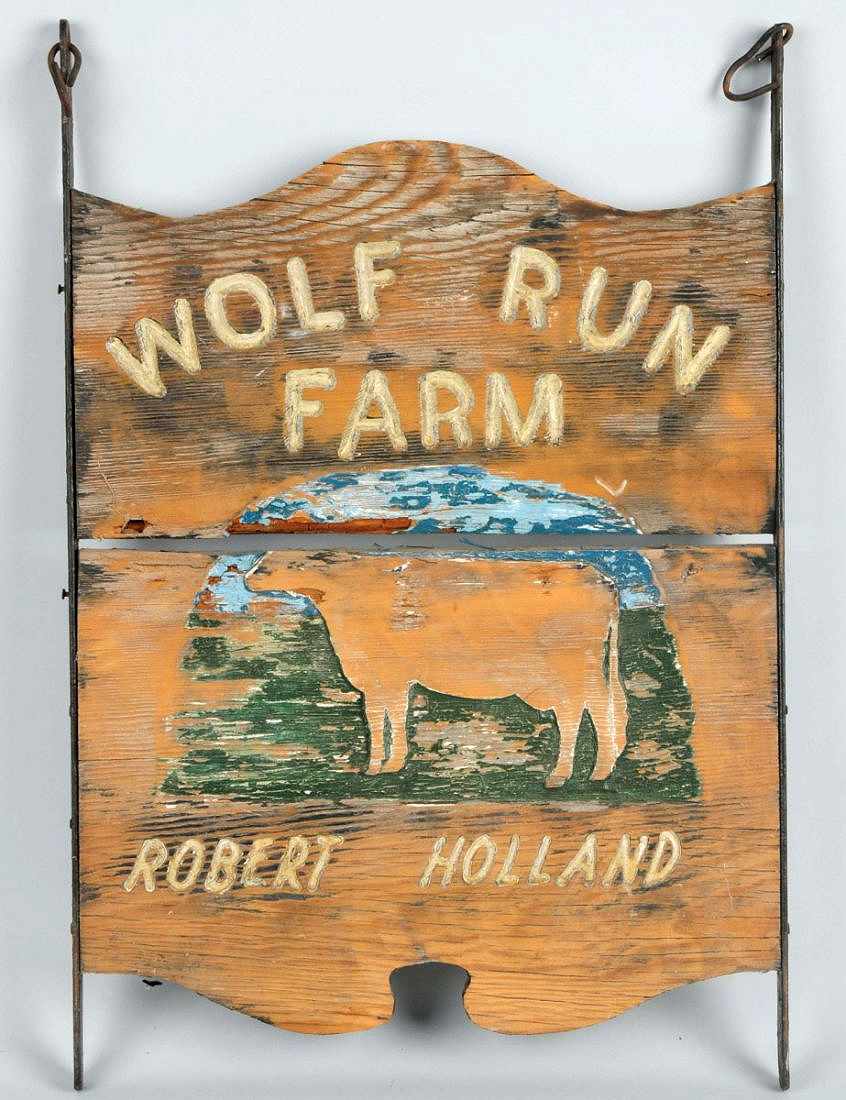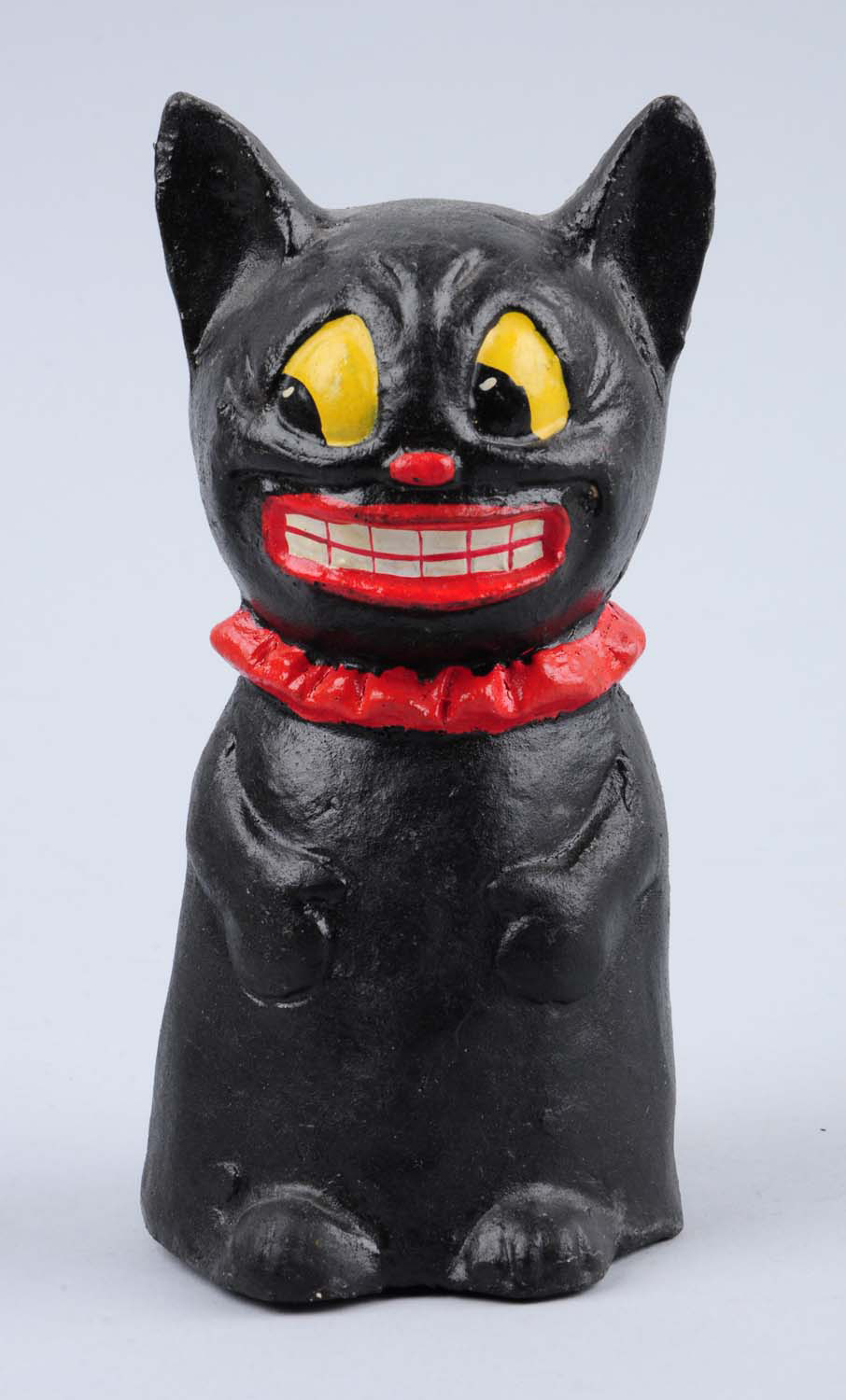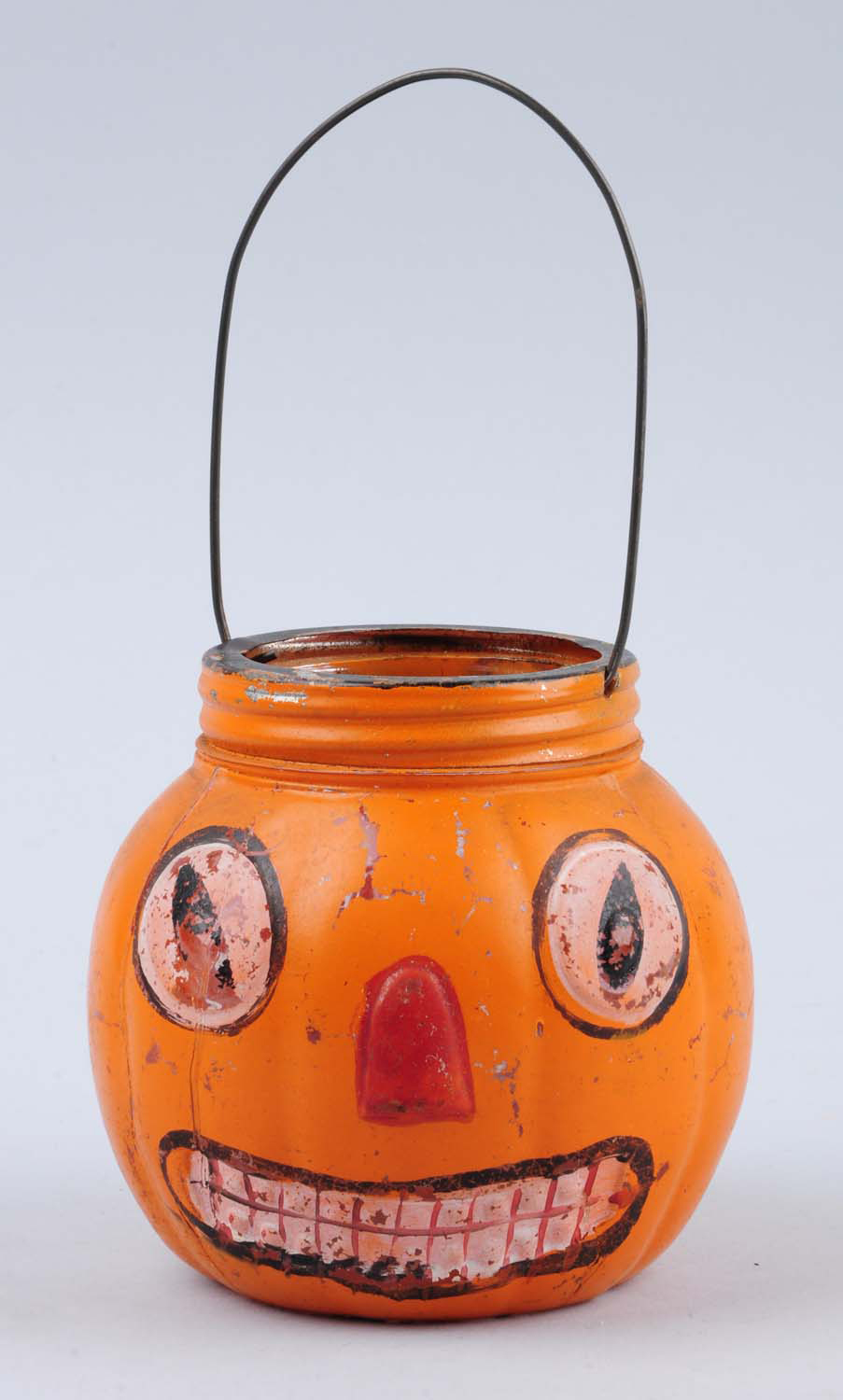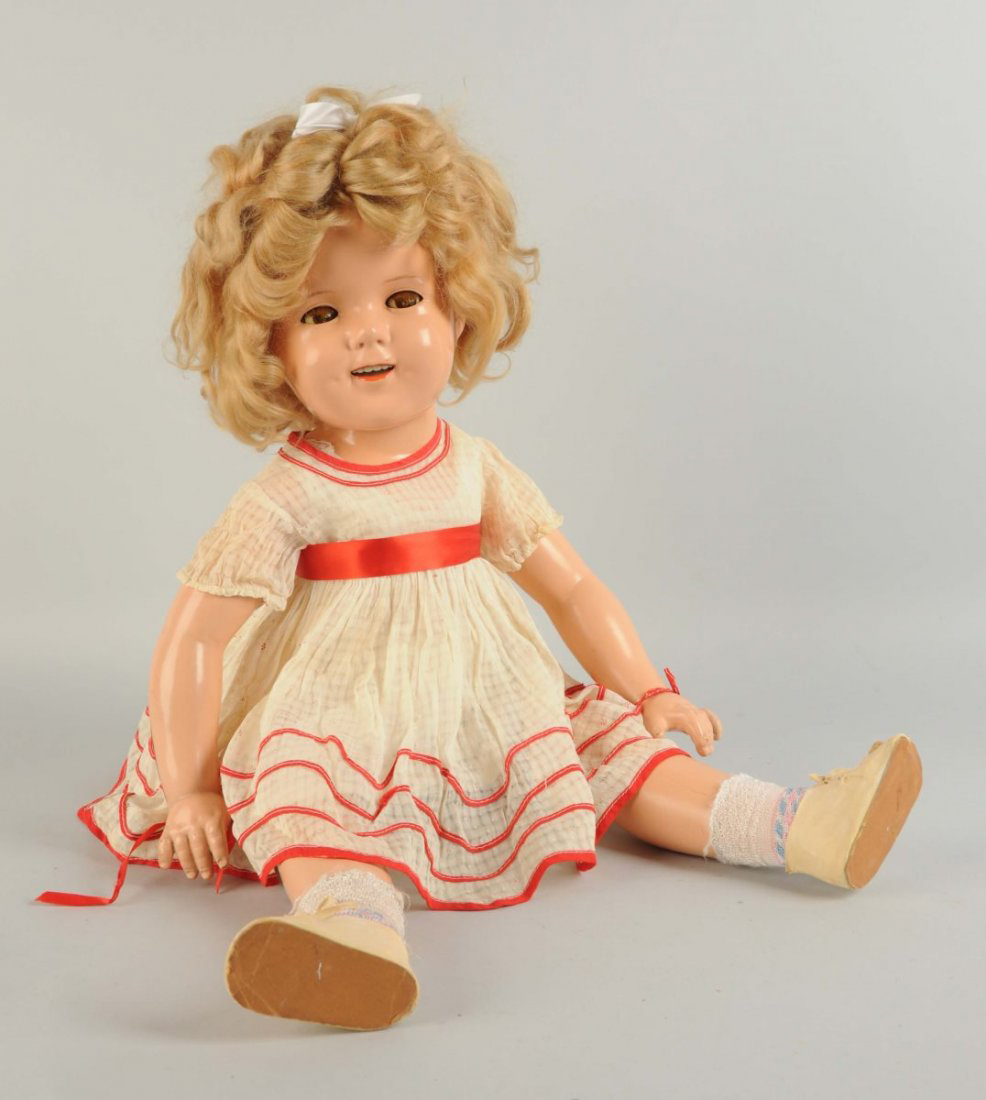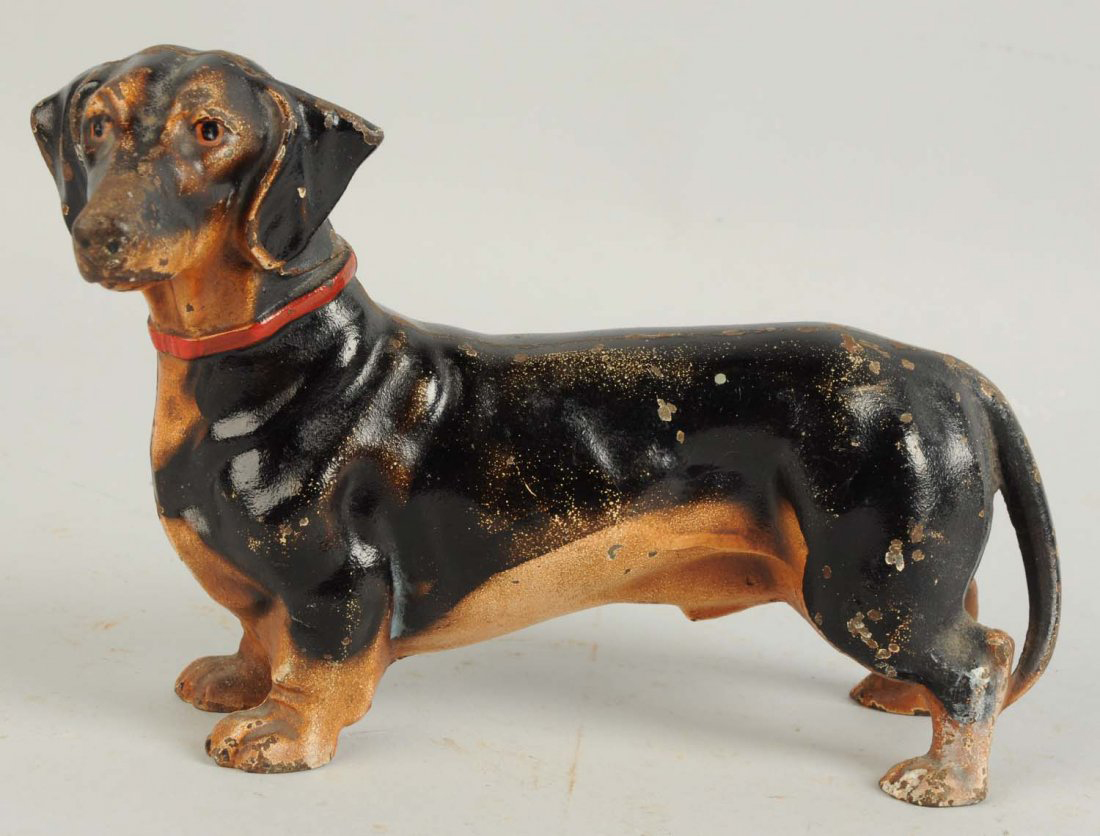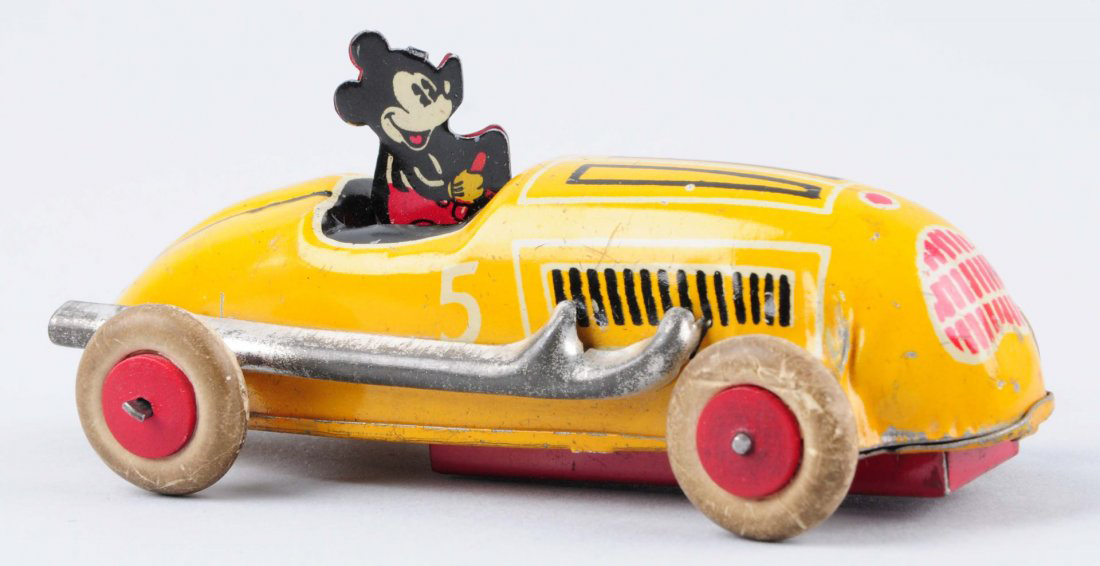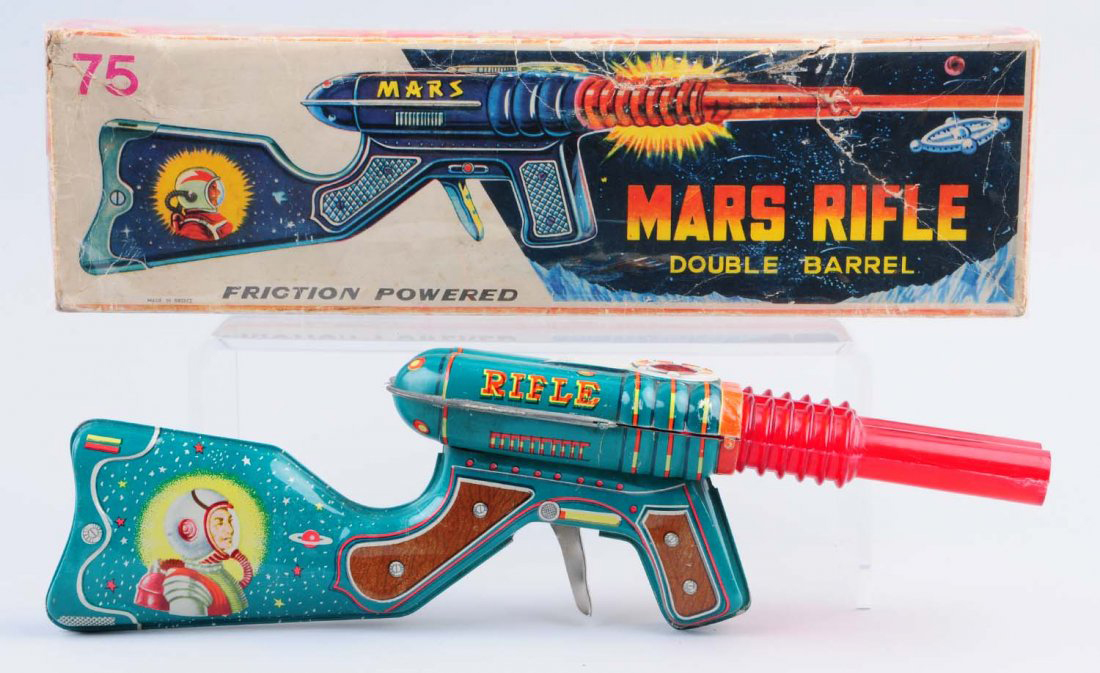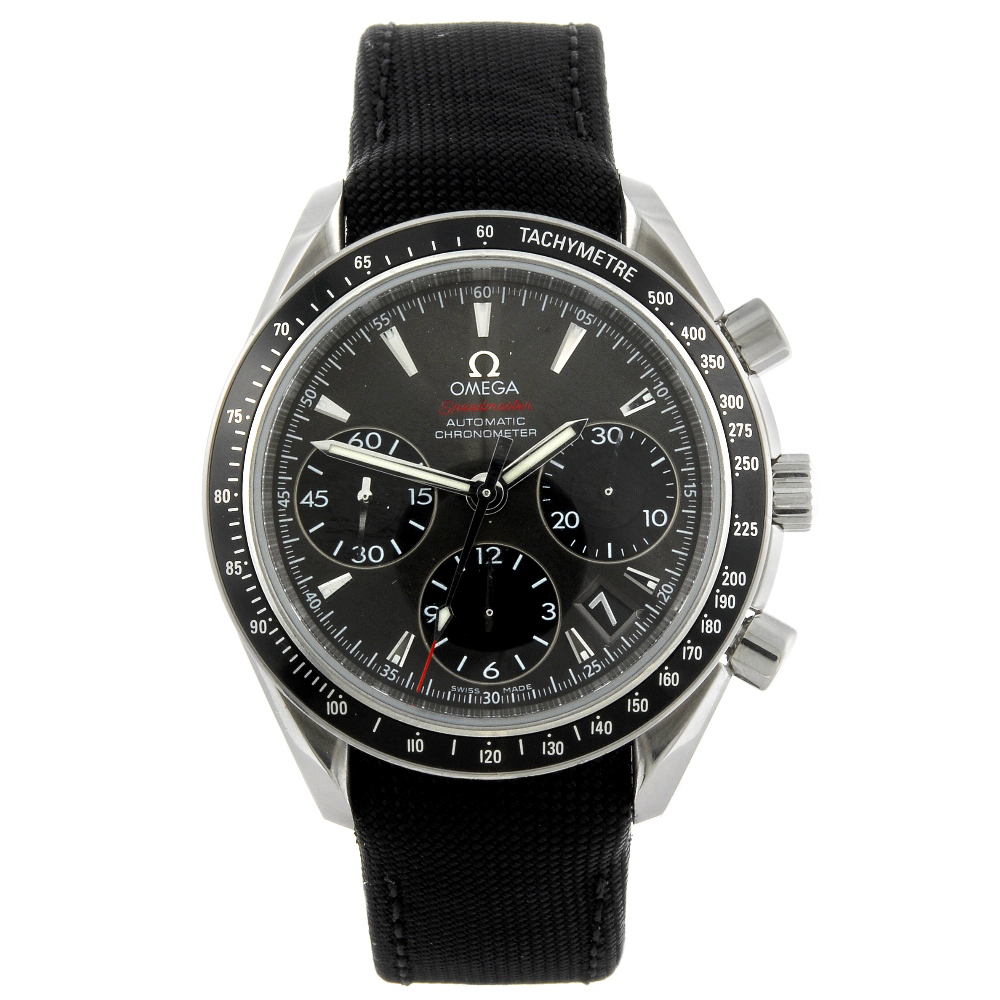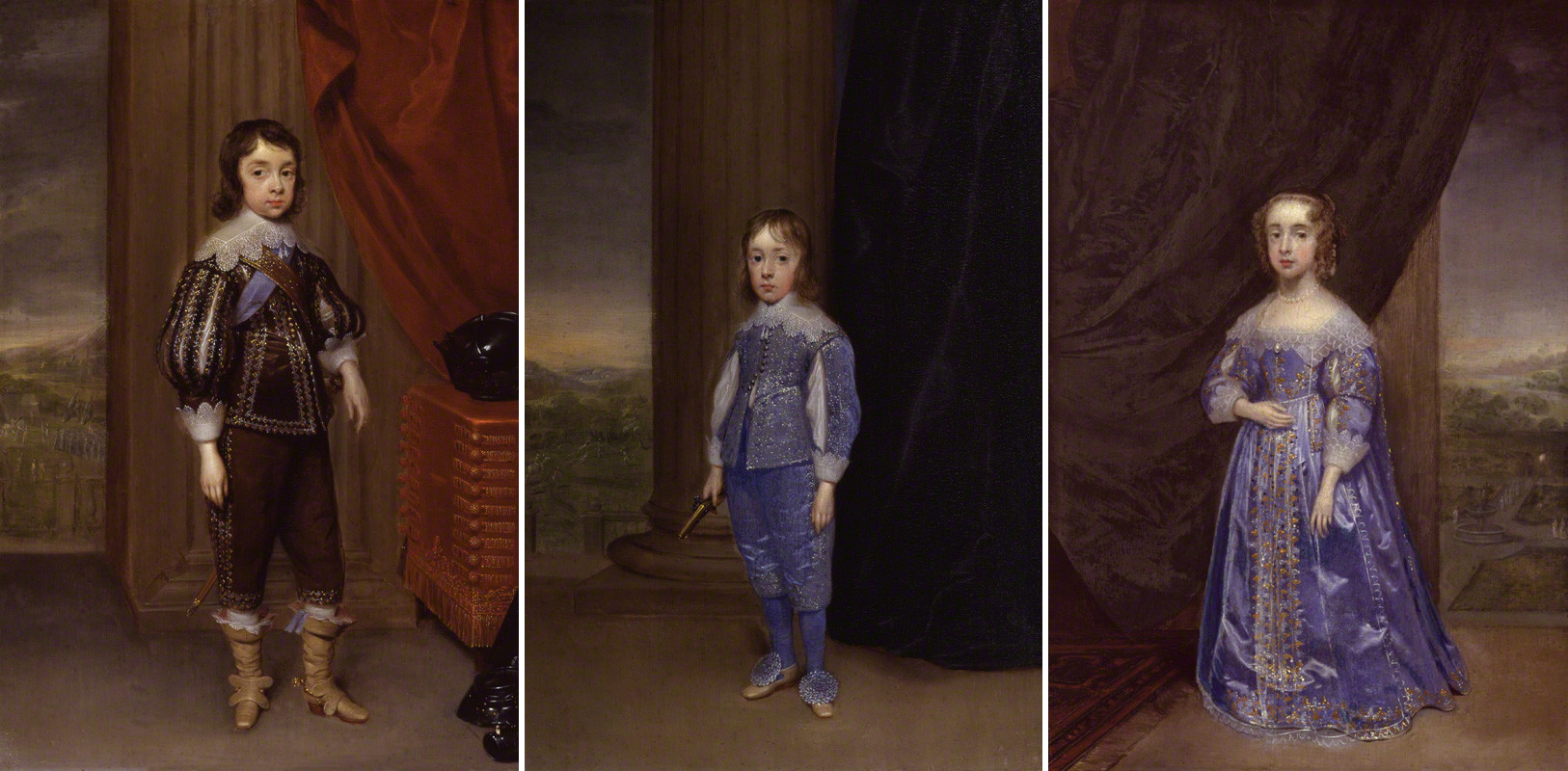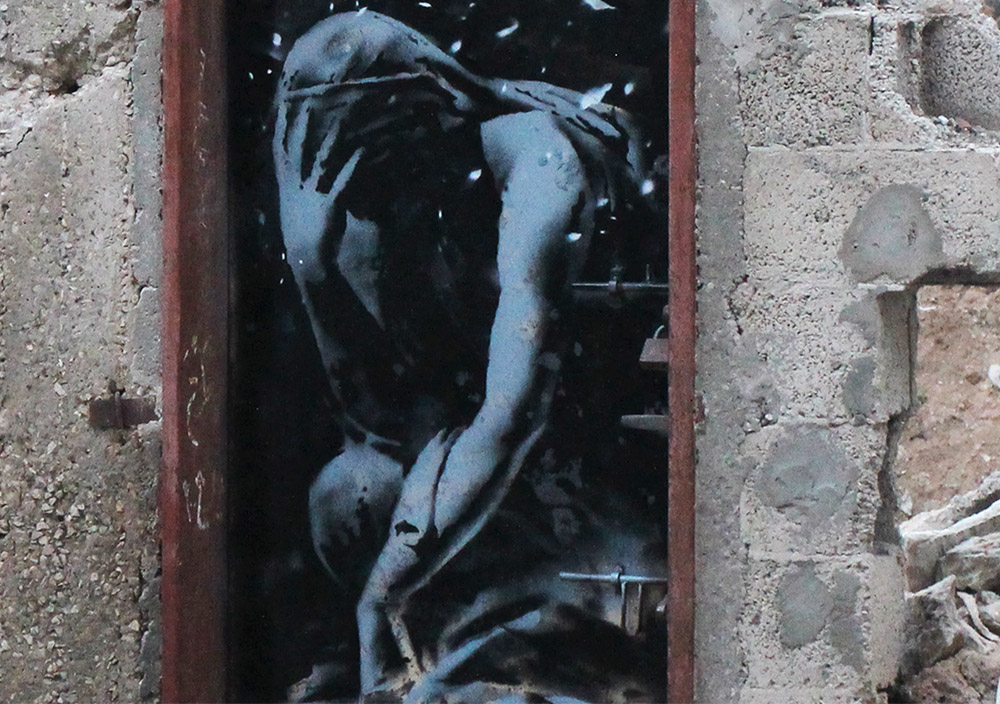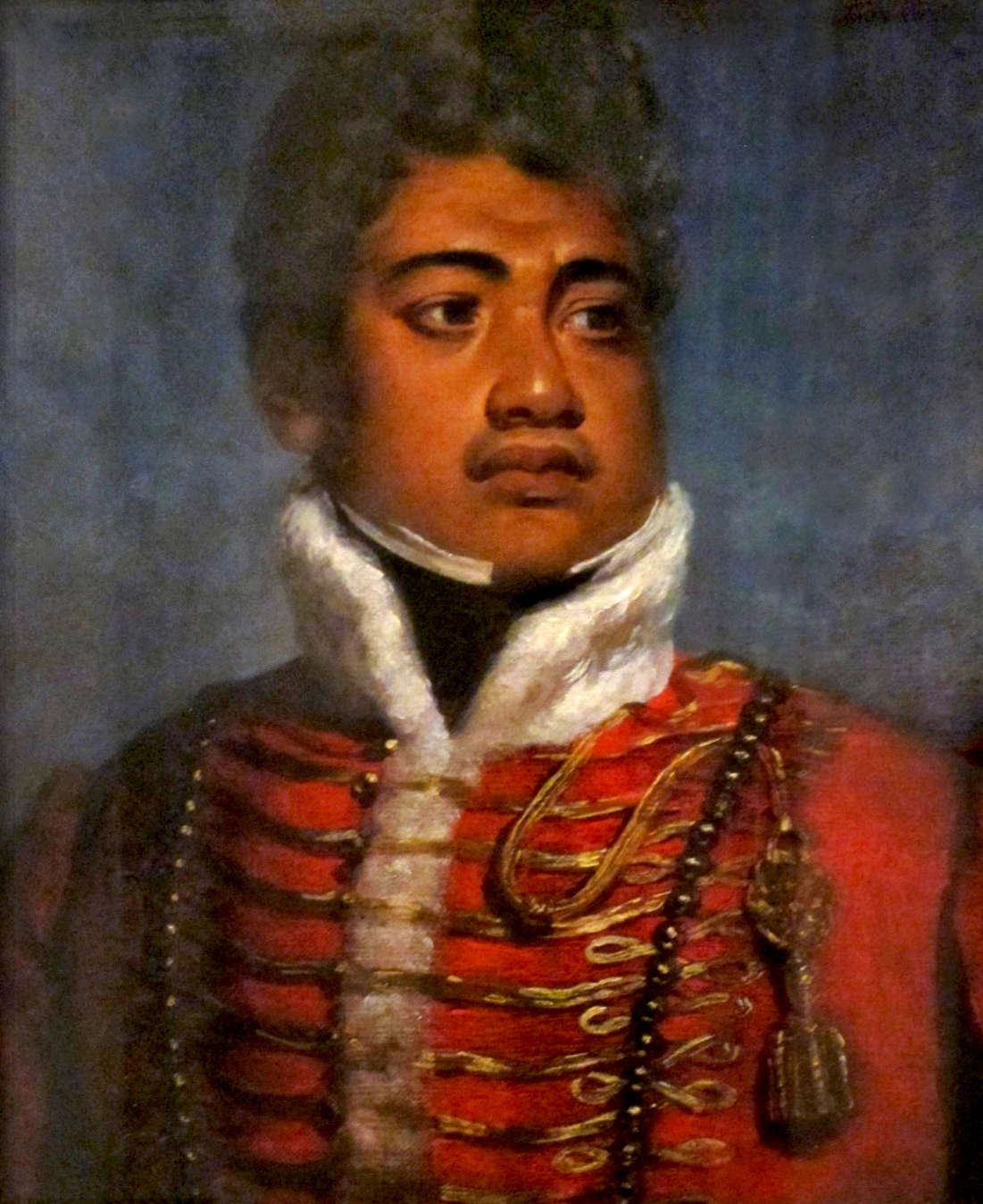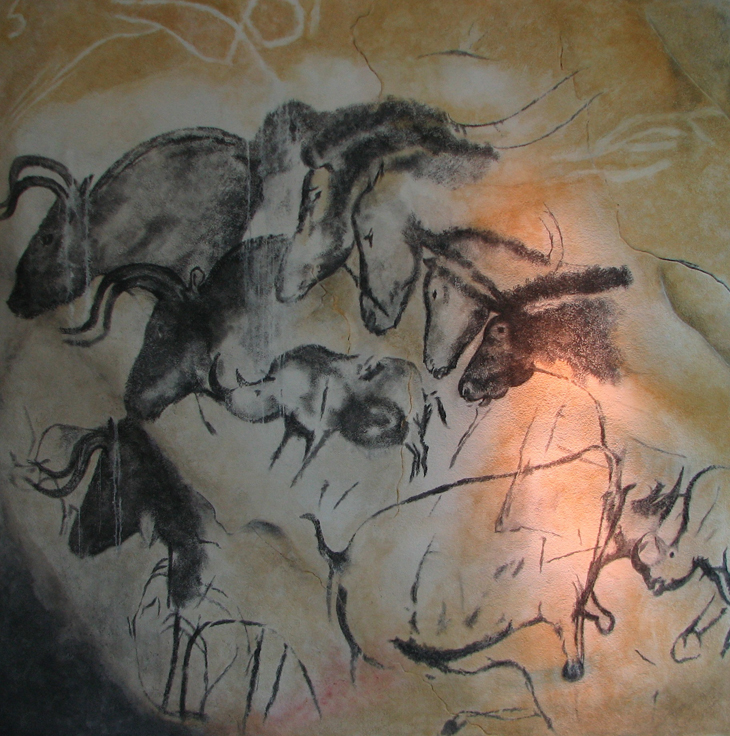
VALLON-PONT-D’ARC, France (AFP) – French President Francois Hollande on Friday stepped 36,000 years back in time into a darkened, cool cave to admire the earliest known figurative paintings of hands, bears, rhinos and panthers.
But he was actually above ground, inaugurating a giant, millimetre-by-millimetre exact replica of the closely guarded Grotte Chauvet in southern France, unearthed by chance in 1994 by a group of speleologists who discovered hundreds of paintings by our prehistoric ancestors.
Nestled deep in a limestone cliff that hangs over the meandering Ardeche River, the cave is closed to the public so scientists and artists toiled for years to build the 55-million-euro ($58-million) replica down to cloning even the stalactites and stalagmites that pepper the real cavern.
The giant cave reproduction, which from the sky is shaped like a bear’s paw, stands on a lush hill close to the small town of Vallon-Pont-d’Arc, just one kilometre from the real deal, which last year became a UNESCO World Heritage site.
The visitor walks down a long ramp to get into the building housing the replica, entering a darkened, cool and humid place that mirrors conditions in
the grotto.
Then just like in the real cave, people stick to a walkway that takes them past replica bones and the skull of an Alpine ibex, a species of wild goat.
The drawings reveal themselves as the visitors walk further into the fake cave, a total of 1,000 paintings including 425 animals – among them bears, rhinos, big cats and owls.
These have been reproduced using charcoal, just like our Aurignacian ancestors did some 36,000 years ago.
The paintings are more than twice as old as those in the famed Lascaux caves also in southern France and more discoveries could be found in remote parts of the cave as yet unexplored.
Using ultra-modern techniques such as 3D imaging, engineers, sculptors, painters and visual artists faithfully reproduced the paintings.
A team of 10 people in Paris also worked for four years to reproduce stalactites, stalagmites and other formations present in the Grotte Chauvet itself.
Authorities hope that the giant replica will attract some 350,000 visitors a year when it opens to the public on April 25.
‘Earliest known drawings’
Hollande spent about an hour on the winding path through the replica and gushed enthusiastically afterwards.
“This is where man invented painting … here, with a single handprint, they invented self-portraits … and when they played with shadow and light, they invented cinema,” said the president.
“I will never stop saying it wherever I go in the world: You want to know where you come from? Come to the cave at Pont d’Arc and you’ll be right at home.”
Archeologist Jean-Michel Geneste told AFP: “The path through the replica is
exactly the same as in the original cave, for the very reason that the original cave is laid out with a sort of progression.”
”The visitor to the replica gets the same impressions and in the same order.”
In June, UNESCO awarded the cave its prestigious World Heritage Status, saying it contained “the earliest and best-preserved expressions of artistic creation of the Aurignacian people, which are also the earliest known figurative drawings in the world.”
The opening of the cave, located about 25 meters underground, was closed off by a rockfall 23,000 years ago.
It lay undisturbed until it was found by three French cave experts and almost immediately declared a protected heritage site in France.
“Its state of preservation and authenticity is exceptional as a result of its concealment over 23 millennia,” UNESCO said.
